Japan, must-see places and visits
Published on December 17, 2024
Japan is (finally) considering reopening its borders to independent travelers next October, so why not plan your next vacation there?
Japan may seem overwhelming at first, and with more than 3,000 islands making it up, you can quickly feel lost. But that just means more possibilities are available to you; you just need to make the right choice to enjoy your dream vacation!
Traveling to Japan means discovering the country of manga and technology, visiting the new Studio Ghibli theme park, enjoying the electric atmosphere of Tokyo, the serenity of the temples on Shikoku Island, and also savoring Japanese cuisine.
Discover these must-sees of Japan!
Tokyo
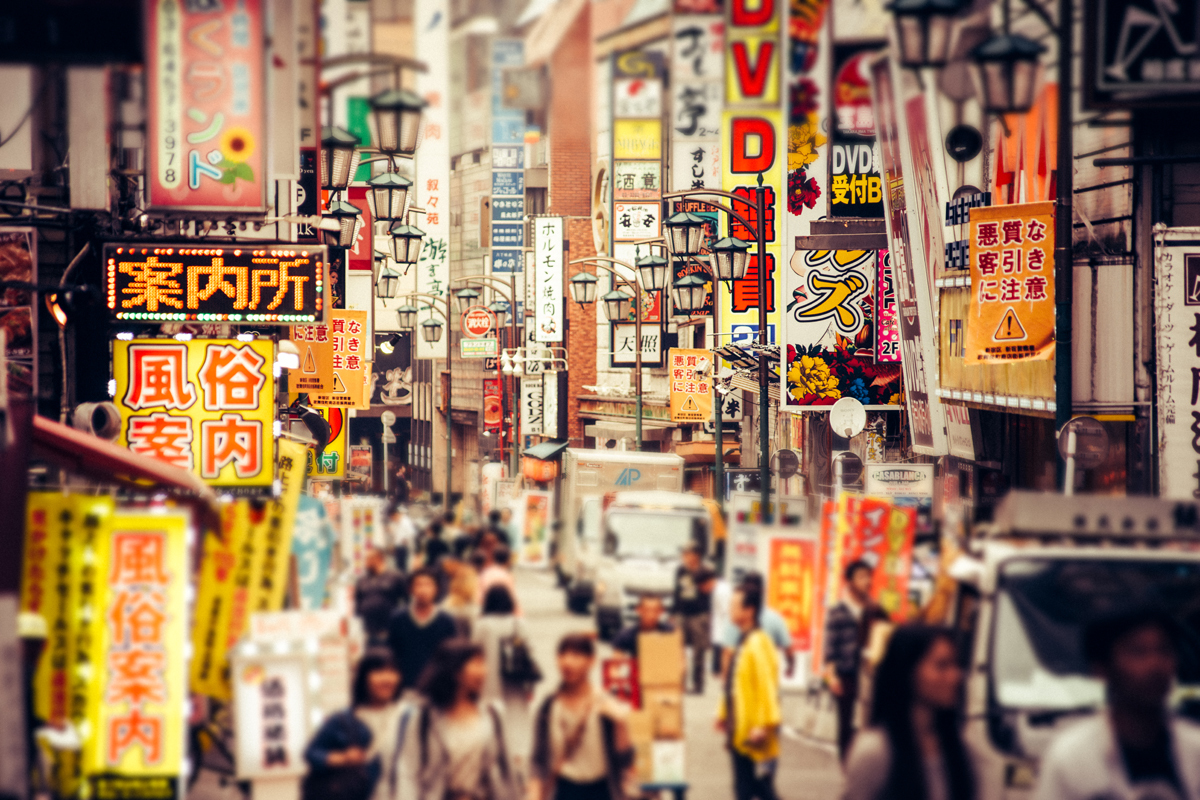
In the capital, each district offers visitors a unique atmosphere.
The Shibuya district is full of trendy shops, while Akihabara offers stores filled with video games and electronics. If you like luxury and refined tea rooms, head to Chuo-dori Avenue in the Ginza district. There you will also find the Kabuki-za, a theater with a traditional facade where actors pass on their dramatic art.
Do you prefer peace and quiet? Don't hesitate to take a walk in the Shinjuku Gyoen National Garden to relax after a day of walking. Ueno Park is also recommended. There you can visit the rich Museum of Western Art, the National Museum, the moving Toshogu Shrine, and also the oldest zoo in the country.
Kyoto
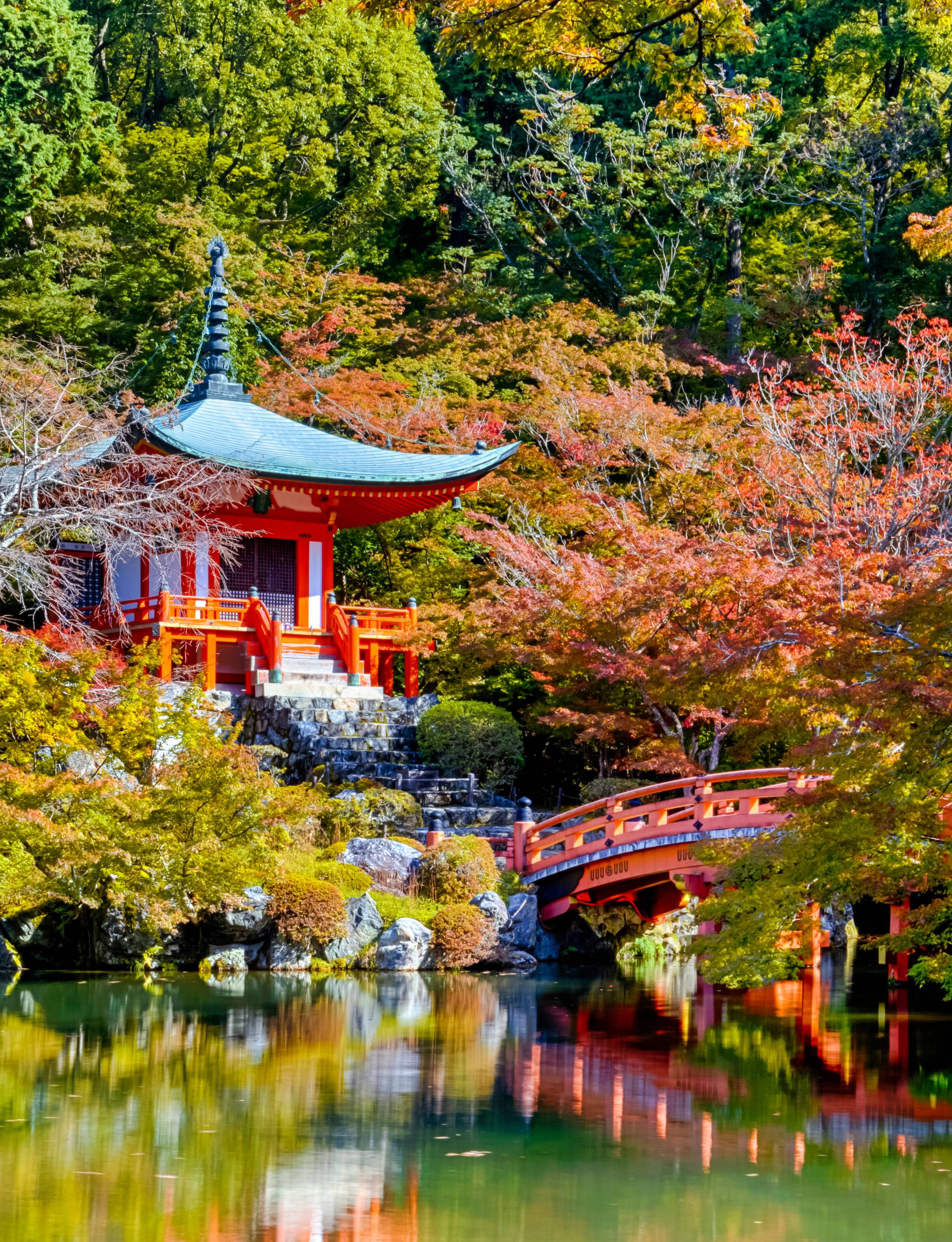
In the former imperial capital of the country, you will find a more relaxing atmosphere, at the heart of traditional Japanese culture. The city is known for its zen gardens, as well as its Buddhist temples and Shinto shrines. In spring, a walk along the Philosopher's Path will even allow you to admire the magnificent cherry blossoms, so beloved in the country.
The city's must-sees are the Shogun's Palace and the Golden Pavilion, but also the zen garden of Ryoan-ji, the Kinkaku temple, as well as the shrines and temples of Nikko.
Mount Fuji
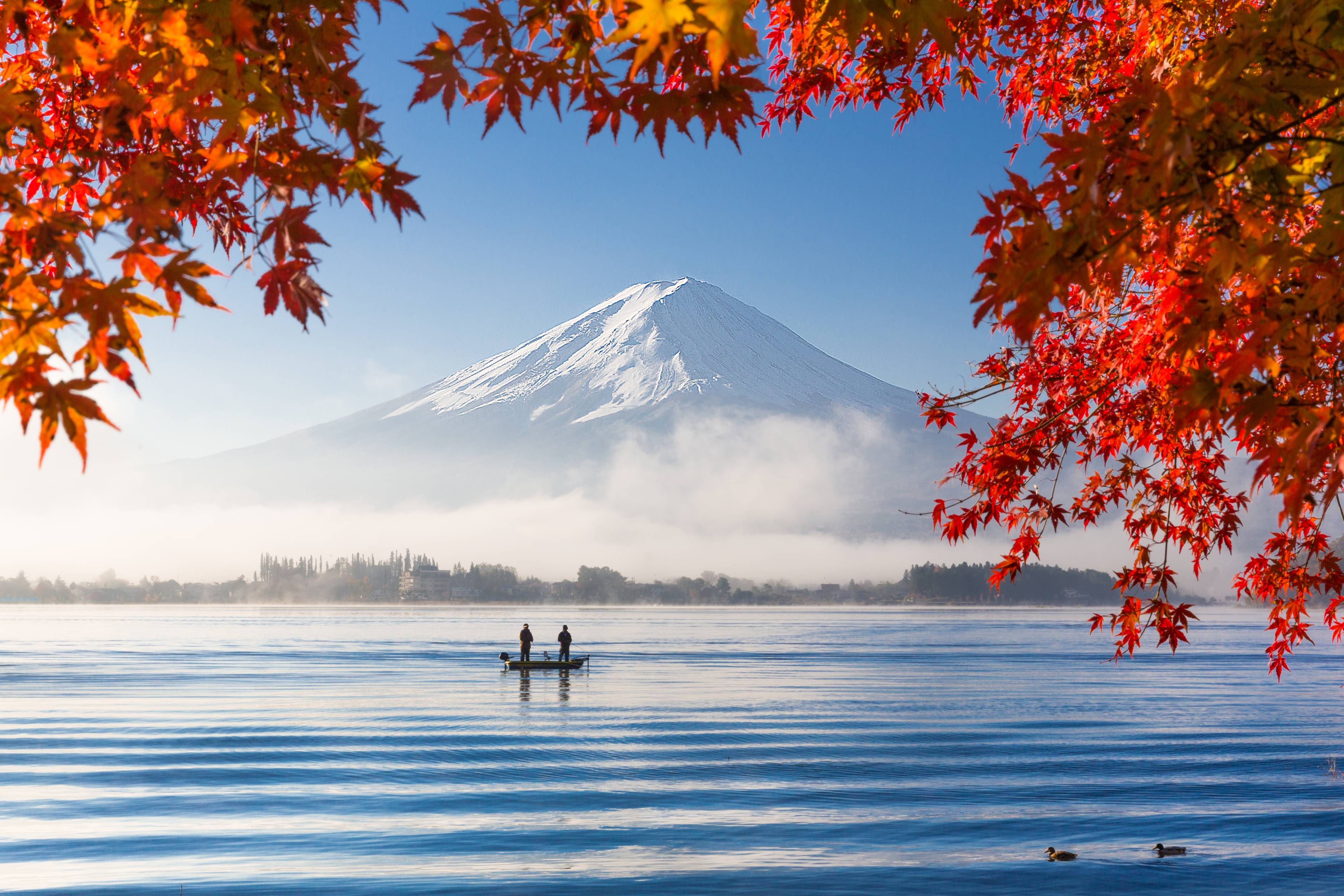
For sports enthusiasts, climbing Mount Fuji is a must to plan for your trip. Peaking at 3,776 meters, this symbol of Japan is a true spiritual emblem. Every year, 300,000 people climb it, between July 1 and August 31. Many people choose a two-day hike, so they can rest halfway before continuing their journey early the next morning. It is indeed advisable to leave very early, to admire the sunrise, with a breathtaking view.
Hachinohe
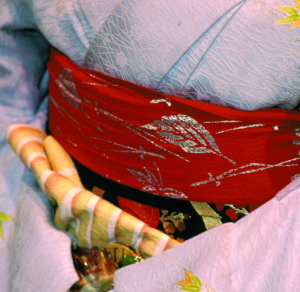
Located in the north of Honshū Island, Hachinohe and its region are full of hidden treasures that will let you experience Japan differently.
Their culinary art is based on agriculture and fishing. Because of the winds present in spring and summer, rice crops were devastated. The inhabitants then turned to growing wheat, buckwheat, or millet, and adapt their dishes to these grains. On the sea side, the port city is recognized for the variety and quality of its fish and seafood. Travelers can discover, and above all savor, these local products at the markets, including the Tatehana market located by the sea.
The festivals are not to be missed! The Hachinohe Enburi festival, 800 years old, takes place every year from February 17 to 20. It features traditional folk dances that imitate the stages of rice cultivation. During the first day, the procession of dancers goes down the streets of the city center, to the delight of visitors.
The Hachinohe Sansha Taisai or "Three Shrines Festival" takes place from July 31 to August 4. For a few days, you can admire its folk art performances and its float parade, listed as UNESCO intangible cultural heritage.
Studio Ghibli Theme Park
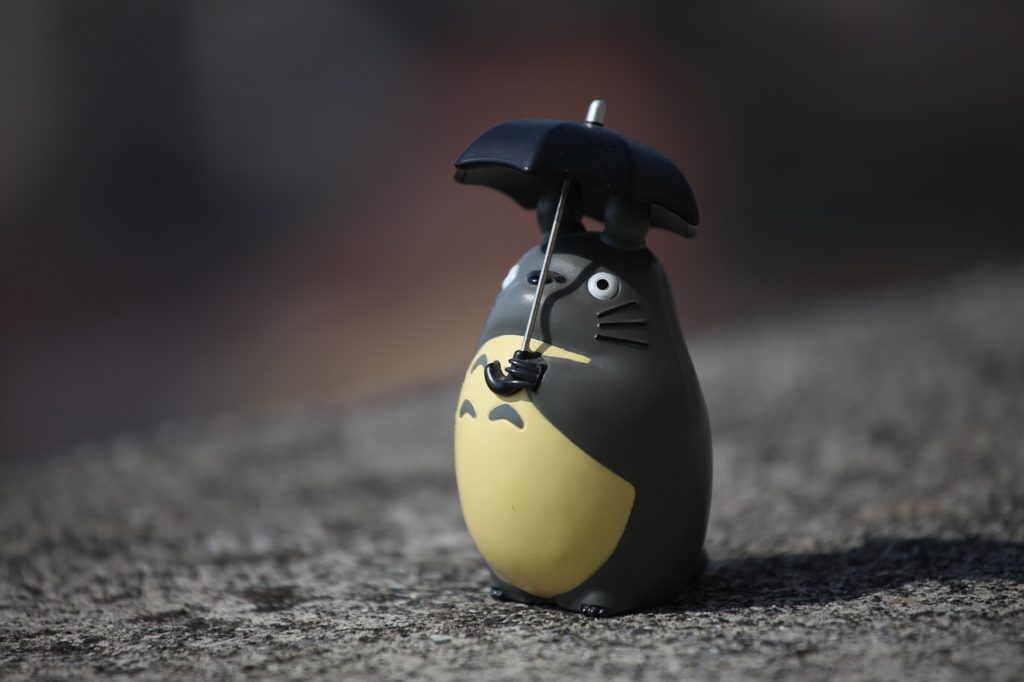
Yes! You're not dreaming, a Studio Ghibli theme park will open this autumn in Japan! This event was highly anticipated, and you will be able to discover the "Ghibli Park" from November 1 in the Aichi Prefecture park, 300 km from Tokyo.
Of the five areas of the park, three will be accessible from the opening, including the house of the Totoro characters! The remaining two areas will be inspired by the anime "Princess Mononoke", "Kiki's Delivery Service" and "Howl's Moving Castle", and will be inaugurated in 2023.
Shikoku Island, in the footsteps of the monk Kobo Daishi
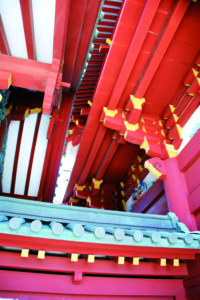
Shikoku is one of the four main islands (with Hokkaido, Honshū, and Kyūshū) of Japan. It is renowned for its nature, but especially for its famous pilgrimage route. This consists of 88 temples, some of which were built at the request of the monk Kobo Daishi (Kukai), who lived from 774 to 835.
You will find many temples there, each with their own particularities and traditions. The Jison-in temple receives offerings representing breasts of all shapes and sizes, as women come to pray there for their health and good fertility.
The Niutsuhime Jinja Shinto shrine, remarkable for its arched bridge, has been listed as a UNESCO World Heritage Site.
At Kongobu-ji temple, you can take part in a meditation session in the dōjō located in the Banryu-tei garden. It is the largest rock garden in the country. This 40-minute meditation will be led by a monk, in a soothing atmosphere, lit by candles.
The Okuno-in temple is the sanctuary housing the mausoleum of Kōbō Daishi (Kūkai). This makes it one of the most sacred sites in Japan.
At Rengejo-in temple, it is the sound of the bell that marks the start of the day. You will then be able to join the Buddhist monks for the ritual.
Head to the Nakano Udon School, a school specializing in the preparation of udon noodles. You will learn how to make them in a festive atmosphere and can even leave with your noodles and a recipe book!
Finally, relax with a matcha tea in the Ritsurin garden, which has received the distinction of "Special National Scenic Beauty." It is one of the most beautiful and largest gardens in Japan, with Mount Shiun in the background.
Okayama, the "land of the sun"
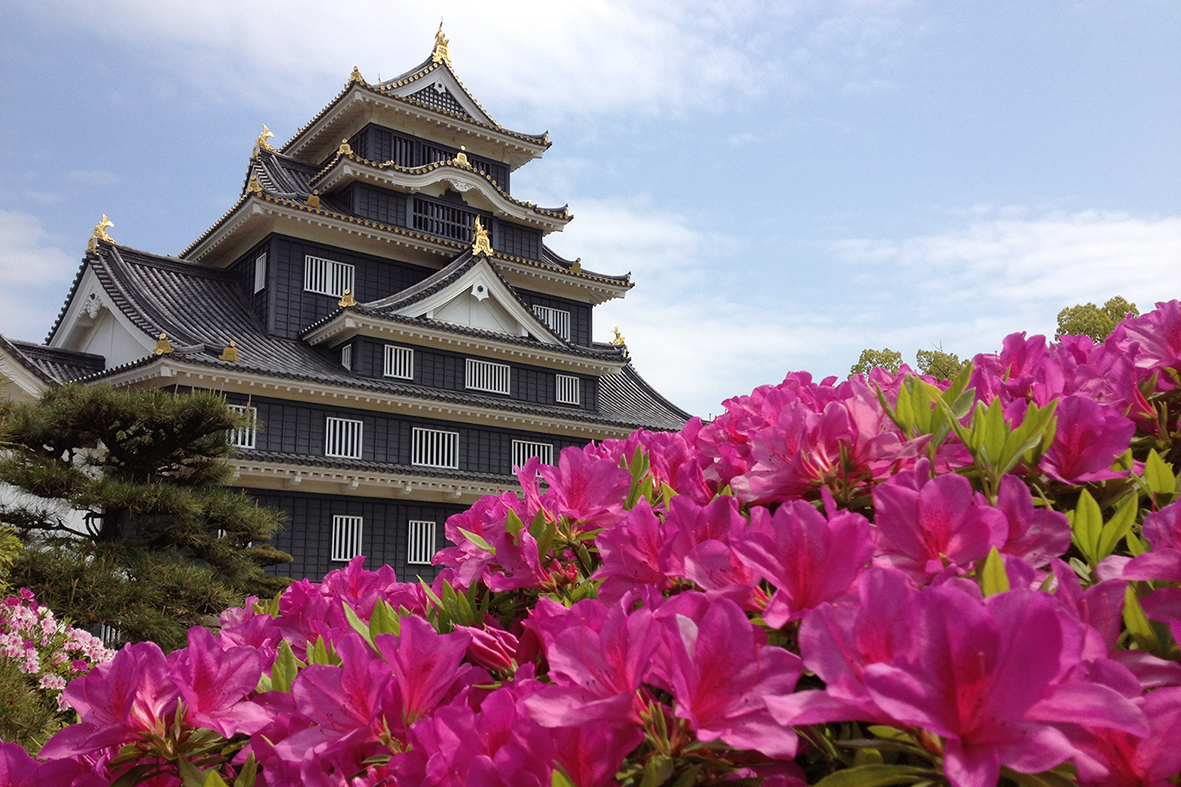
Nicknamed the "land of the sun," Okayama Prefecture enjoys more than 270 days of sunshine each year. In addition to enjoying the good weather, you can explore the former residence of the Ashimori samurai clan. Belonging to the Sugihara family, it has been preserved in its original state, to the delight of visitors who can discover the way of life during the Edo period (17th-19th century).
If you appreciate the art of traditional gastronomy, take a trip to Urashima Honpo. This traditional confectionery was founded more than 80 years ago by the Miyake family. You can discover local sweets there, but also try your hand at making them yourself. Finally, you can learn how to perform a tea ceremony.
Okinawa, discover subtropical Japan
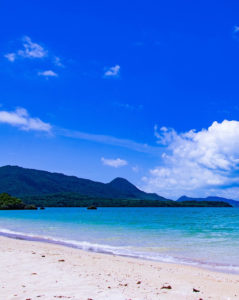
Okinawa is made up of 160 paradise islands, and has a subtropical climate that travelers can enjoy all year round. You will find unspoiled nature filled with varied and colorful landscapes. White sand beaches, turquoise waters, tropical forests, and waterfalls... Okinawa is a mix of historical and cultural heritage. There is exceptional marine and terrestrial biodiversity, as well as very famous festivals and events.
Take a trip to the Kerama Islands to discover the corals and humpback whales. If you prefer beautiful beaches, don't hesitate to visit the Yaeyama Islands, Miyako, or Kume Island. These islands are must-see places for scuba diving, but also snorkeling, surrounded by one of the most beautiful reefs in the world.
Regarding the artistic and cultural heritage of the island, performing arts have a big place in the hearts of the inhabitants, ever since the time when Okinawa was the Ryukyu Kingdom. Indeed, they are an integral part of the inhabitants' lives. Notably, there is the Ryukyu dance, Kumiodori, music and song accompanied by the Sanshin, or Eisa. Okinawa is also the birthplace of karate, a self-defense technique taught to the warrior aristocracy of the Ryukyu Kingdom.
In Okinawa, food is a "kusuimun," in other words, a remedy. For the inhabitants of these islands, a balanced and tasty diet contributes to a healthy body. So enjoy an Okinawa soba, accompanied by awamori, the oldest distilled alcohol in Japan, to fully enjoy your experience.
A website by
Customize your trips with Quotatrip and receive tailor-made offers directly in your inbox.
Discover a country